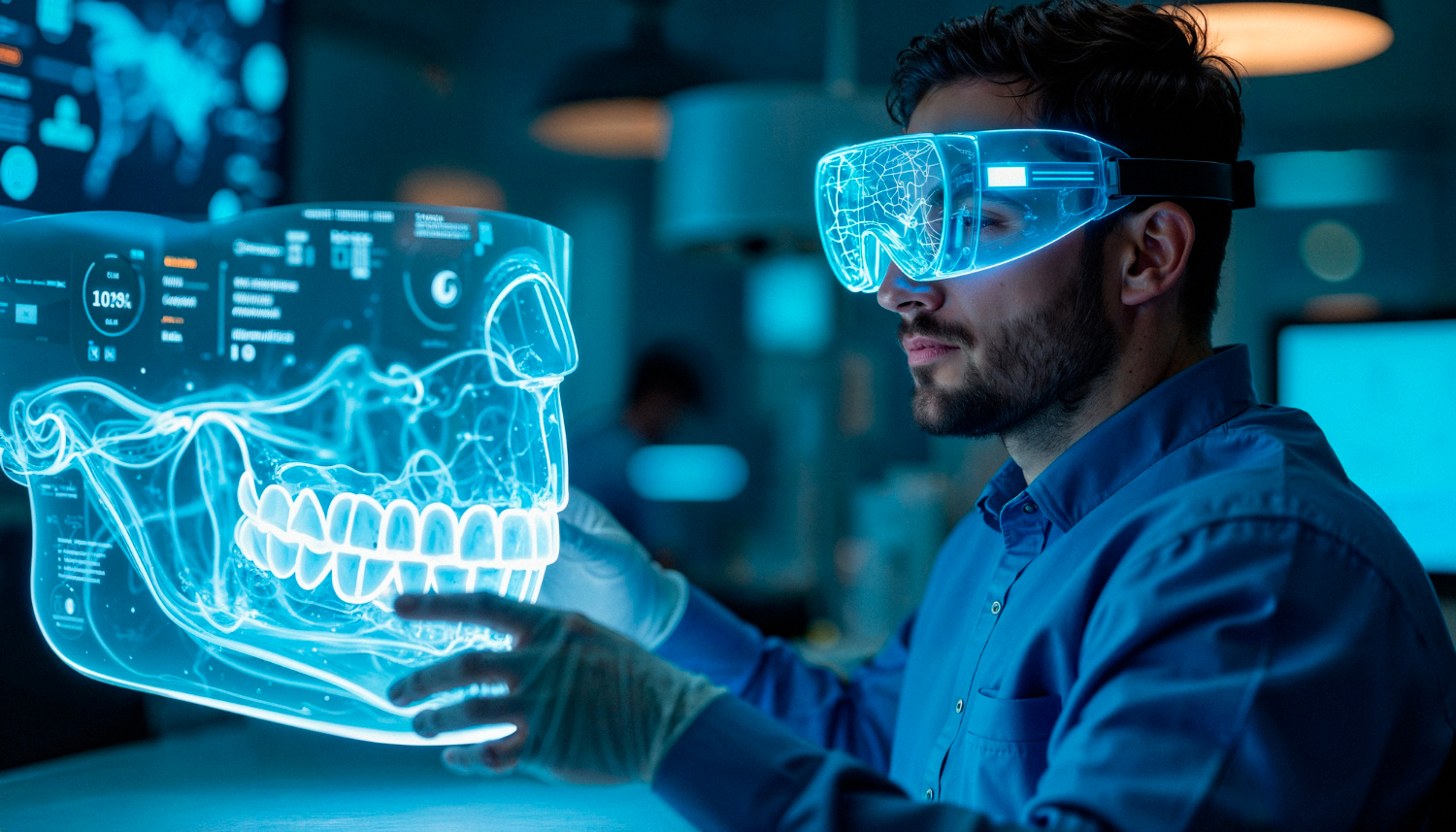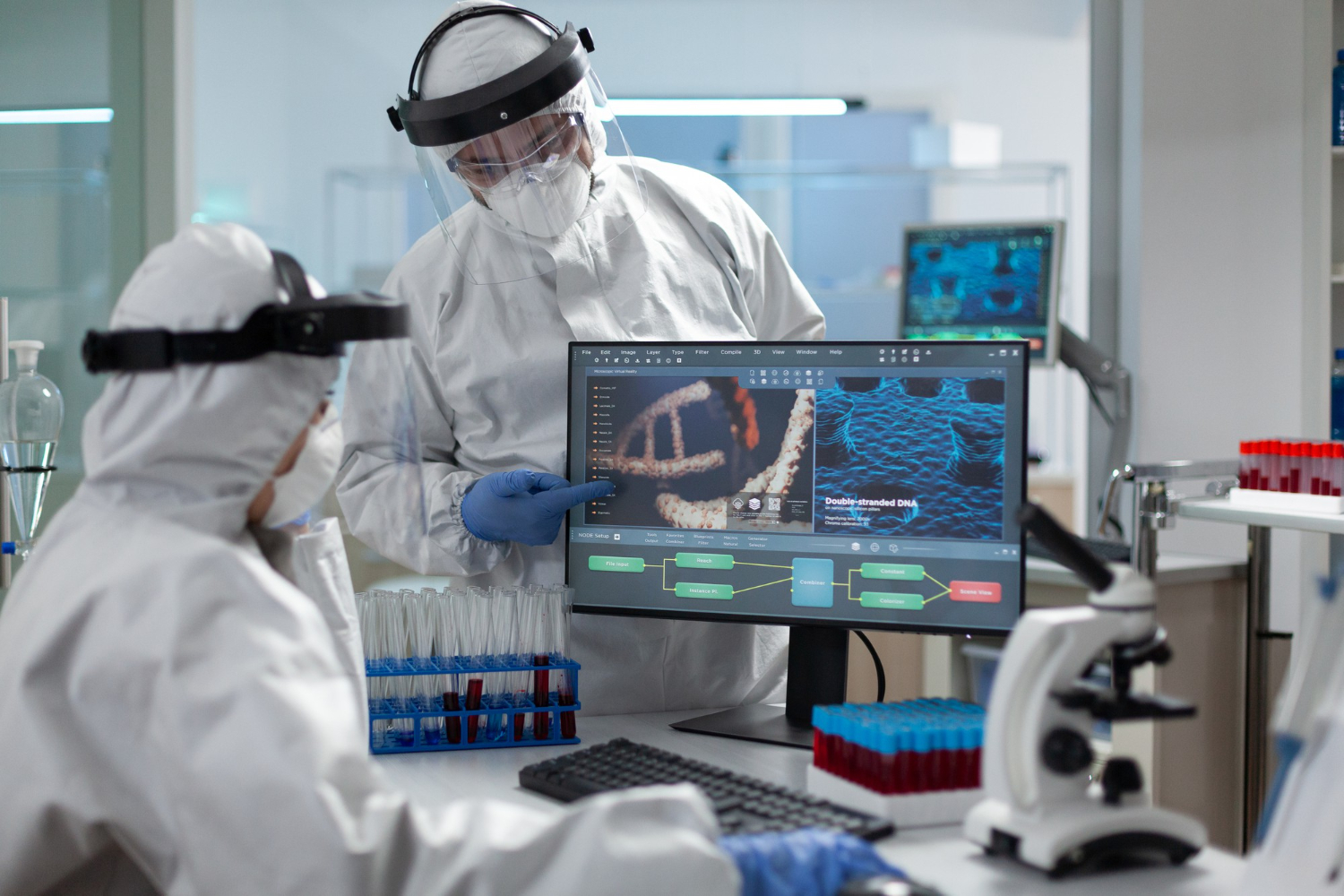What Are Motion Sensors?
Motion sensors are devices that detect movement. In Augmented Reality (AR) and Virtual Reality (VR), they track the user’s head and hand movements. This tracking is crucial for creating immersive experiences.
Types of Sensors in AR/VR
The main type of motion sensor used in AR/VR is the Inertial Measurement Unit (IMU). An IMU combines three sensors:
-
Accelerometer: Measures linear movement
-
Gyroscope: Detects rotation
-
Magnetometer: Determines orientation
These sensors work together to provide accurate motion data.
How Motion Sensors Work in AR/VR
Motion sensors in Augmented Reality and Virtual Reality systems constantly monitor the user’s movements. They send this data to the system in real time. The system then updates the virtual world to match the user’s actions.
For example, when you turn your head while wearing a Virtual Reality headset, the motion sensors detect this movement. The system then adjusts the virtual view accordingly. This creates the illusion of being in a virtual world.
Read more: Mixed Reality - The Integration of VR, AR, and XR
The Importance of Low Latency
Low latency is crucial in Augmented Reality and Virtual Reality systems. Latency is the delay between a user’s action and the system’s response. High latency can cause motion sickness and ruin the immersive experience.
Modern motion sensors aim for extremely low latency. This ensures that the virtual world responds instantly to the user’s movements.
Challenges in AR/VR Motion Sensing
Developing effective motion sensors for Augmented Reality and Virtual Reality faces several challenges:
-
Accuracy: Sensors must be highly precise to create realistic experiences.
-
Speed: The system must process data quickly to avoid lag.
-
Size: Sensors need to be small enough to fit in compact AR/VR devices.
-
Power consumption: Devices need to operate for extended periods.
Applications of Motion Sensors in AR/VR
Motion sensors enable a wide range of AR/VR applications:
-
Video Games: Motion sensors make Virtual Reality gaming more immersive. They allow players to interact naturally with the virtual world.
-
Training and Simulation: AR/VR systems with motion sensors can create realistic training scenarios. This is useful in fields like medicine and aviation.
-
Design and Engineering: Architects and engineers can use AR to visualise designs in real space.
-
Healthcare: VR systems with motion tracking can help in physical therapy and rehabilitation.
Read more: Level Up Your Gaming Experience with AI and AR/VR
Enhanced Surrounding Environment Detection
TOF (time-of-flight) sensors can greatly improve how VR systems understand the surrounding environment. This leads to more realistic and safe experiences for users.
VR headsets with TOF sensors can map out a room quickly and accurately. They can detect walls, furniture, and other objects. This helps prevent users from bumping into things while immersed in virtual worlds.
The sensors also allow for real-time updates of the environment. If someone walks into the room or moves an object, the VR system can adjust accordingly. This reduces the risk of accidents and makes the experience more seamless.
Reducing False Alarms
One challenge in VR and gaming is false alarms from motion sensors. TOF sensors can help reduce these issues.
Traditional sensors might mistake shadows or changes in light for movement. TOF sensors are more precise. They measure actual distance changes, not just light variations.
This precision means fewer interruptions during gameplay or VR experiences. Users can focus on their activities without frequent false alerts breaking their immersion.
Enhancing Virtual Reality Interactions
TOF sensors can make virtual reality more interactive and intuitive. They allow for precise hand and body tracking.
Users can manipulate virtual objects with their hands more naturally. The sensors can detect small finger movements, enabling detailed gestures.
This technology can also improve full-body tracking. VR headsets can work with TOF sensors placed around a room. This creates a more complete picture of the user’s movements.
Improving VR Headset Comfort
TOF sensors can help make VR headsets more comfortable to wear. They can measure the distance between the headset and the user’s face.
This information allows the headset to adjust its fit automatically. It can ensure the display is at the right distance for optimal viewing.
The sensors can also detect if the headset is slipping or moving. This allows for quick adjustments, keeping the experience smooth and comfortable.
Passive Infrared Integration
Some VR systems combine TOF sensors with passive infrared (PIR) technology. PIR sensors detect heat signatures from living beings.
This combination can distinguish between people and inanimate objects in the surrounding area. It adds an extra layer of safety and awareness to VR experiences.
PIR sensors can also help with energy efficiency. They can trigger the VR system to activate only when a user is present.
Read more: Augmented Reality (AR) Problems and Challenges
Enhanced Images and Videos
TOF sensors can improve the quality of images and videos in VR environments. They provide depth information that can enhance 3D rendering.
This depth data allows for more realistic lighting and shadows in virtual scenes. Objects can cast shadows correctly based on their distance from light sources.
The sensors also enable better focus effects in VR. Just like in real cameras, virtual scenes can have depth of field. This makes VR environments feel more natural and immersive.
TOF sensors continue to evolve, promising even more enhancements for gaming and VR in the future. As the technology improves, we can expect even more realistic and interactive virtual experiences.
The Future of Motion Sensors in AR/VR
The future of motion sensors in AR/VR looks promising. Researchers are working on even more accurate and responsive sensors. Some areas of development include:
-
Eye-tracking sensors
- Improved haptic feedback
- Brain-computer interfaces
These advancements will make AR/VR experiences even more immersive and realistic/
Conclusion
Motion sensors are vital to AR and VR systems. They bridge the gap between the real and virtual worlds. As technology improves, we can expect even more exciting developments in this field.
How TechnoLynx Can Help
TechnoLynx specialises in cutting-edge AR and VR solutions. We develop custom applications that use advanced motion sensing technology. Our team can help you create immersive experiences for various industries.
TechnoLynx can help you create a training simulation or an interactive product showcase. We have the skills to make your ideas real.
Continue reading: Futuristic AR and VR Technology: Immersive Future
Image credits: Freepik













